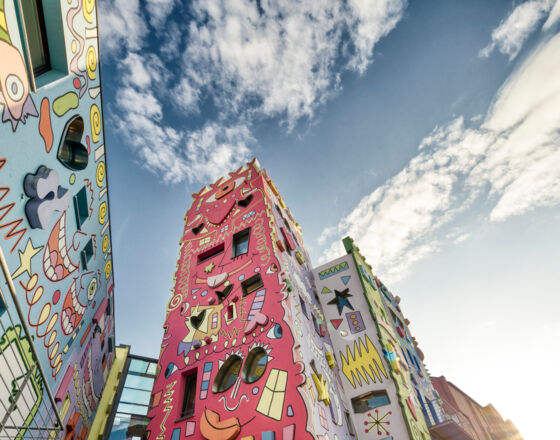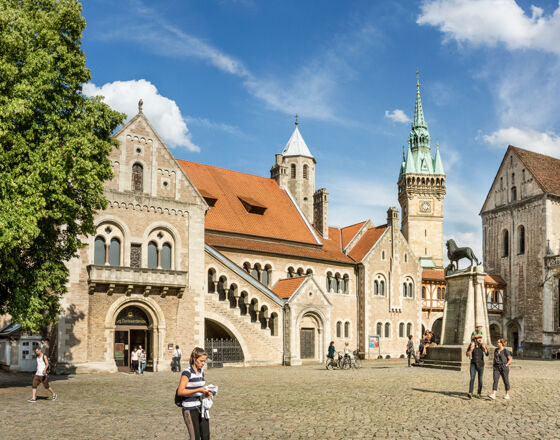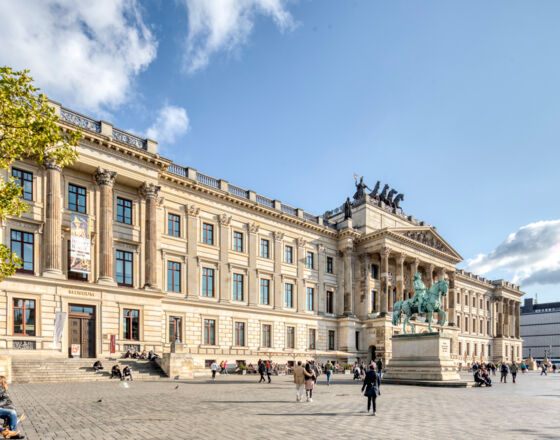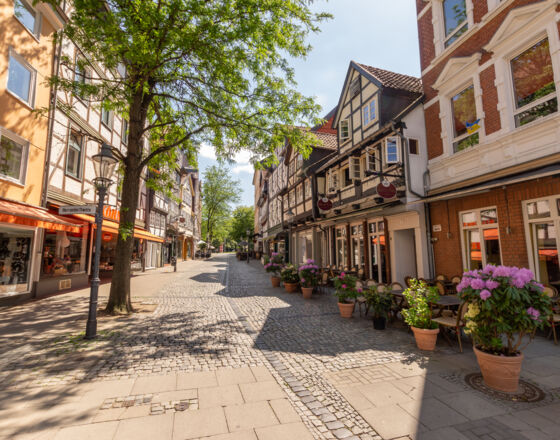Facts & Figures
Founded
Year 1031
Location
52.26381 latitude and 10.52235 longitude
Population
250500
What is the city known for?
- Well-known attraction: Burgplatz square with the famous symbol of Braunschweig, the bronze castle lion.
- Typical product: Braunschweiger Mumme, a viscous malt extract which, in its original form as victuals for ships, was a Braunschweig export hit during the Hanseatic period.
Gallery







